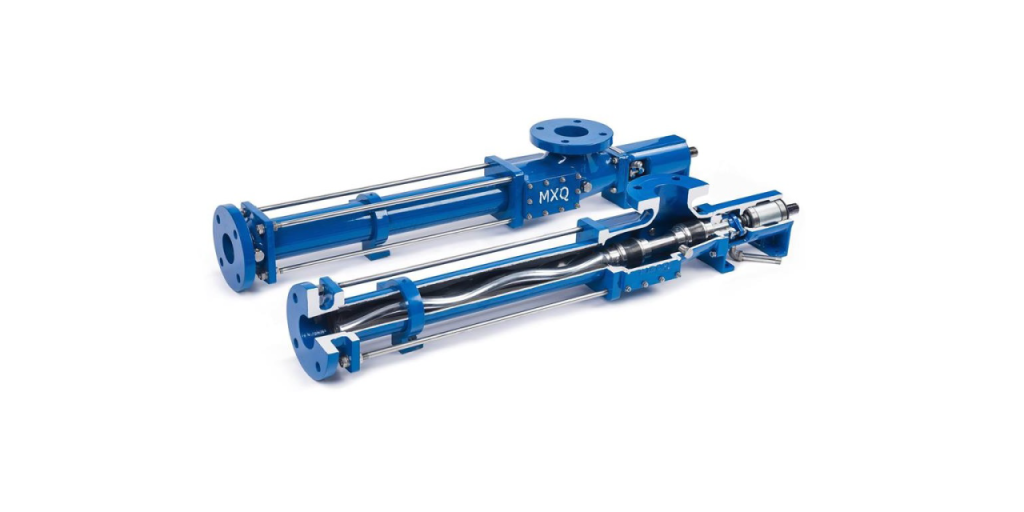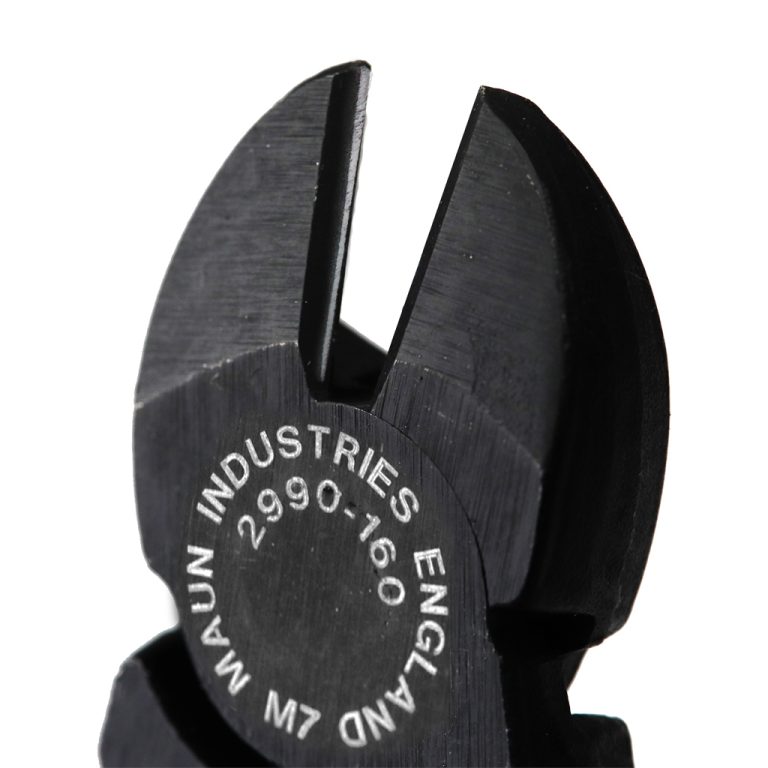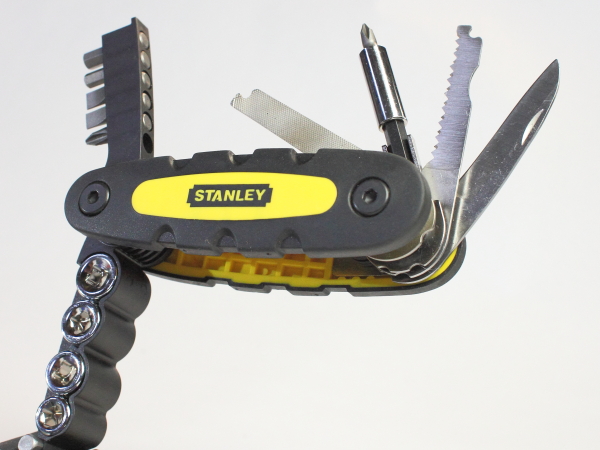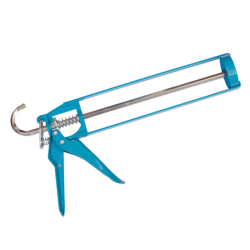Table Saws: A Comprehensive Tool for Precision in Woodworking
A table saw is a cornerstone tool for any woodworking enthusiast, offering unmatched precision and versatility. Whether you’re crafting furniture, making repairs, or working on a DIY project, a table saw can cut through a variety of materials, including wood, plastic, and even metals. This guide will walk you through the essential aspects of using a table saw safely, choosing the right type, and maintaining it for optimal performance. We’ll also touch on how materials like geotextiles play a similar role in construction, providing structural support and stability.

What is a Table Saw Used For?
Table saws are primarily designed to cut wood, but they can also handle plastics and some types of metal. With a rotating circular blade mounted on a table, the saw can make straight cuts, including rip cuts and cross cuts, with high accuracy. Miter cuts are also possible when used with additional accessories, making the table saw a versatile tool for various woodworking projects.
How Can You Safely Operate a Table Saw?
Safety is crucial when working with powerful tools like table saws. Here are a few tips:
- Wear protective gear: Always use safety goggles, ear protection, and a dust mask.
- Use push sticks: These help you keep your hands away from the blade.
- Blade height control: Set the blade just above the material to reduce the risk of kickback.
- Check alignment: Ensure the blade, fence, and miter gauge are aligned to avoid mistakes.
- Keep hands clear: Avoid reaching over the blade, even when the saw is off.
What Types of Table Saws Are There?
Table saws come in several variations to suit different needs:
- Benchtop Saws: Portable and affordable, ideal for hobbyists working on small projects.
- Contractor Saws: A more powerful option for mid-level tasks, offering better precision.
- Cabinet Saws: Heavy-duty saws designed for professionals needing high accuracy and stability.
How Should You Maintain a Table Saw?
Maintaining your table saw ensures it remains in peak condition:
- Clear out sawdust: Sawdust buildup can interfere with the motor and the saw’s alignment.
- Keep the blade sharp: A dull blade will cause inaccurate cuts and put strain on the motor.
- Check alignment frequently: Misalignment can affect cut quality, so it’s crucial to make adjustments as needed.
- Lubricate moving parts: Regular lubrication of moving mechanisms ensures smooth operation and extends the life of the tool.
Mention of Geotextile: Just as a well-maintained table saw ensures precise cuts, geotextiles are crucial in construction projects for stabilizing soil and controlling water flow. Geotextiles provide foundational support in road construction and landscaping, similar to how a table saw provides accuracy and control in woodworking.
Understanding the proper use and care of a table saw ensures that your projects are completed efficiently and safely. Likewise, geotextiles play an equally important role in ensuring the success and durability of construction projects.


